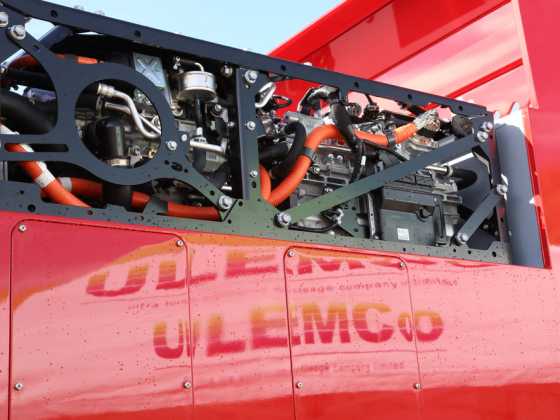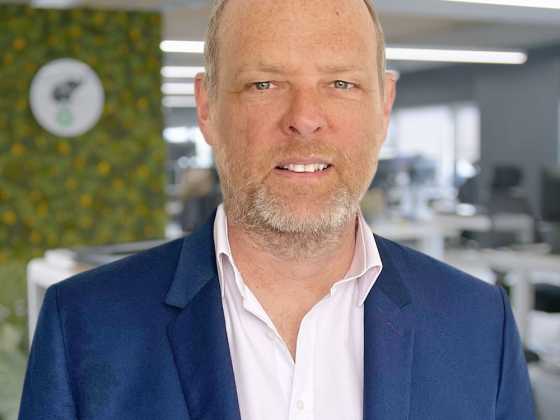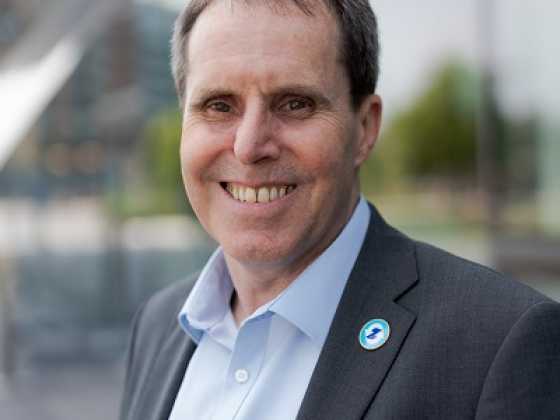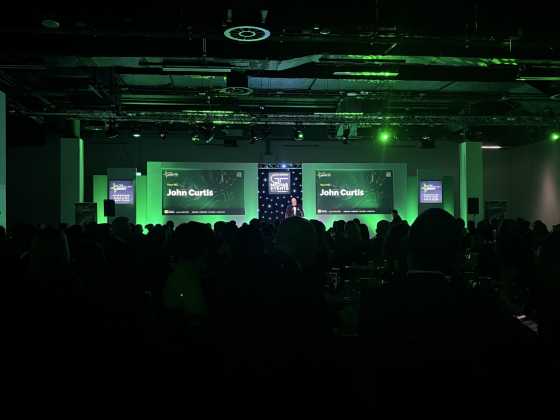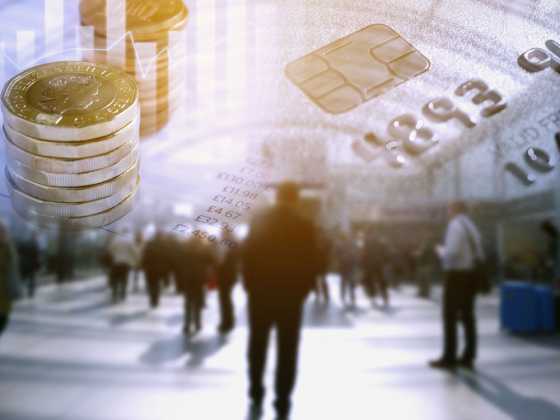Heading towards net-zero logistics
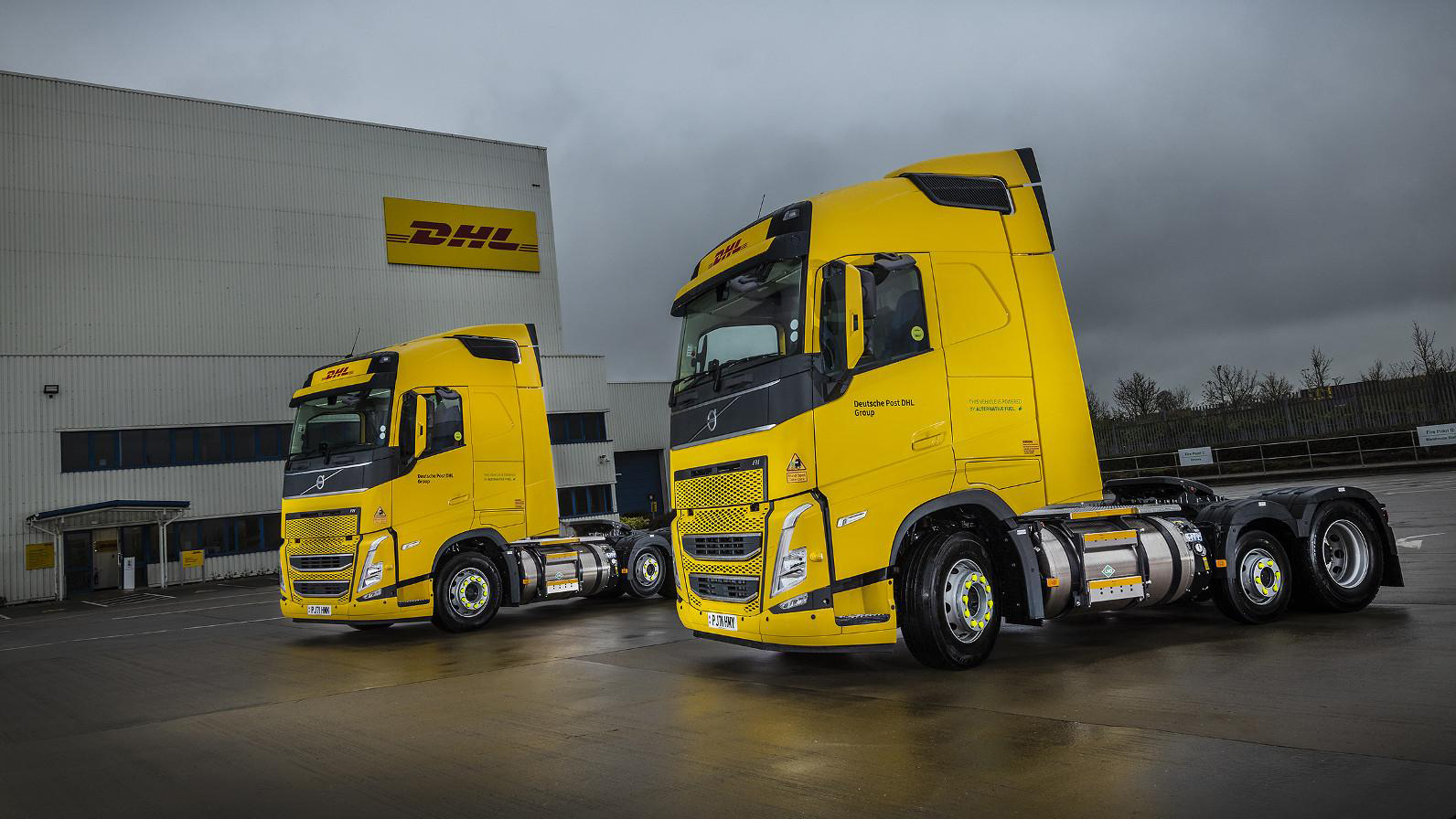
Tutu Akinkoye, DHL Supply Chain’s GoGreen lead, shares how the organisation is investing in electric vehicles and gas-powered trucks as it progresses towards its end-goal of net zero emissions
As part of your GoGreen plan, DHL has committed to reducing all its logistics-related emissions to net-zero by the year 2050 - could you tell us how you plan to achieve this?
Sustainability is a driving force at DHL and, as we work towards our net-zero target, we have also committed to investing €7billion by 2030 to support our carbon reduction ambitions. With this investment we will continue to expand our fleet of alternative fuel vehicles and drivetrains through the use of sustainable fuels in line-haul and the electrification of our last-mile fleet, while investing in zero emission tailpipe technologies – our end goal for hitting net zero emissions.
This expansion of alternative fuel technologies is in addition to network optimisation and other measures to drive down the carbon emissions of our road freight, and will be achieved in close collaboration with our road subcontractors.
How far are you into the electrification of your road fleet?
Our growing fleet of electric vehicles is critical to reducing road freight emissions, particularly for smaller loads and shorter routes. We took to the roads in 2020 with the UK’s first electric 16 tonne truck. The electric truck makes daily deliveries into London’s West End shopping district, cutting emissions on every journey, and we have plans to expand our electric truck fleet.
To best reduce our greenhouse gas emissions, we are combining the roll out of electric vehicles with the introduction of bio gas-powered trucks; this blended approach is helping us to expand our fleet of greener vehicles at a more efficient rate.
We see low carbon fuels playing a significant bridging role in decarbonising our HGV fleet, and so are also accelerating our investment in this area, with a plan to invest in over 500 gas trucks, predominantly LNG, by 2025; bridging the gap until zero emission tailpipe technologies come to market at scale. Most recently, we added 20 bio-LNG trucks to our M&S fleet, replacing 20 diesel trucks and reducing carbon emissions by an estimated 2,200 tonnes a year. The introduction of these trucks followed on from the addition of 13 new Volvo bio-LNG trucks to our fleet in January.
In addition to our bio-LNG HGVs, we have also developed a partnership with Riversimple which is enabling us to explore the role of hydrogen in our decarbonisation strategy.
What have the challenges been in electrifying your fleet? Have these challenges been overcome or are there still barriers to overcome for the future?
The introduction of EVs into our road fleet has been successful and battery electric technology is progressing well in the van market. However, as EV technology is still developing, the range of large vehicles remains limited to a certain extent. This is another reason why we are incorporating gas trucks into our fleet to help reduce emissions with immediate effect, rather than waiting for EV technology for larger vehicles to develop further.
What support do you think HGV operators should receive from the government to help them go zero emission?
Fuelling infrastructure is critical to the success of decarbonisation at scale, and ultimately zero emissions. Having a mix of options for refuelling readily available to HGV operators will provide a measure of security needed to support investment in these technologies.
What advice would you give to other logistics operators looking to achieve net zero emissions?
Decarbonising commercial transport does require investment but it’s the only way forward.
Enhancing the visibility of the carbon emissions generated as a result of activities undertaken by, and on behalf of, a business through introducing detailed, accurate and verified reporting helps businesses by monitoring, measuring and motivating tangible year-on-year improvements and achievements. At DHL, we first began introducing these practices, as well as implementing various climate and environmental protection measures over a decade ago. Since then, we have been measuring and managing our environmental KPIs through our financial systems in order to effectively track progress made in improving carbon efficiency, and reducing overall emissions.
Furthermore, working alongside businesses and partners where critical values like sustainability align creates a mutually beneficial relationship. For example, our GoGreen plan and M&S’ Plan A both focus on building a more sustainable future. The introduction of the 20 bio-LNG trucks into the M&S fleet thereby drives forward both of our sustainability initiatives.

